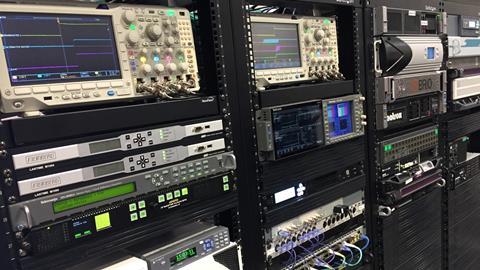The Alliance for IP Media Solutions (AIMS) has entered into a formal agreement with the North American Broadcasters Association (NABA) on the technology roadmap for IP.

The agreement will involve AIMS and NABA working together and sharing insight about how best to proceed with IP technology in a practical way that will work for manufacturers and broadcasters.
The tie-up follows the AIMS, NABA, SMPTE (Society for Motion Picture and Television Engineers) and VSF (Video Services Forum)-led Media Over IP (MoIP) workshop held in New York in October.
“NABA has been working on MoIP for a couple of years, defining our needs and trying to understand what the transition means to us. We shared our task-force report with AIMS over a year ago and have been talking ever since. This partnership was just the logical next step,” said NABA General Director Michael McEwen.
“It’s important to have discussions so that AIMS members know what NABA constituents need, and now that we’ve formalized a partnership, those discussions will be easier to have.
“NABA will also encourage broadcasters to participate in the IP interoperability demos put on by AIMS, SMPTE, and others to learn about and understand the technology. We look forward to an exciting, symbiotic relationship.”
AIMS Borad Chair Michael Cronk added: “AIMS’ mission is to foster the adoption of a common set of protocols for interoperability over IP in the media and entertainment industry.
“Collaboration is key to this mission, and although AIMS is 75 members strong, it can’t foster adoption on its own. There’s far more leverage when we collaborate with other organisations who share a common goal.

“NABA represents so many broadcasters in North America, and adoption of anything in our industry involves economic decisions by these broadcasters.
“Moreover, NABA has gone on the record with its MoIP report that recommends the same open standards and specifications as AIMS. We welcome this partnership as a way to accelerate a viable solution for IP interoperability.”



























No comments yet